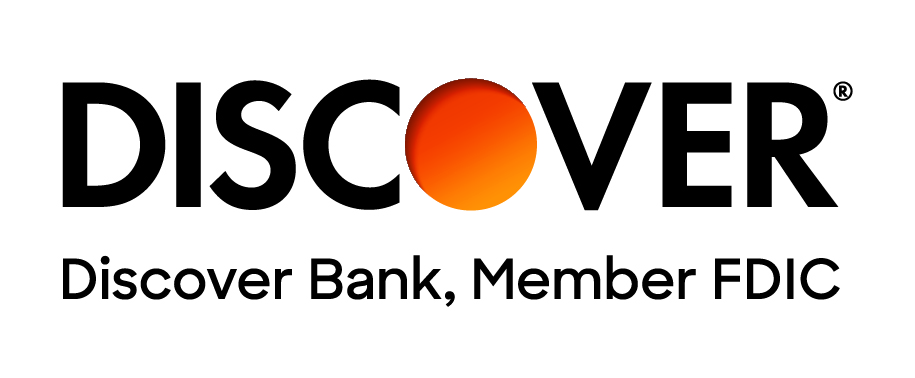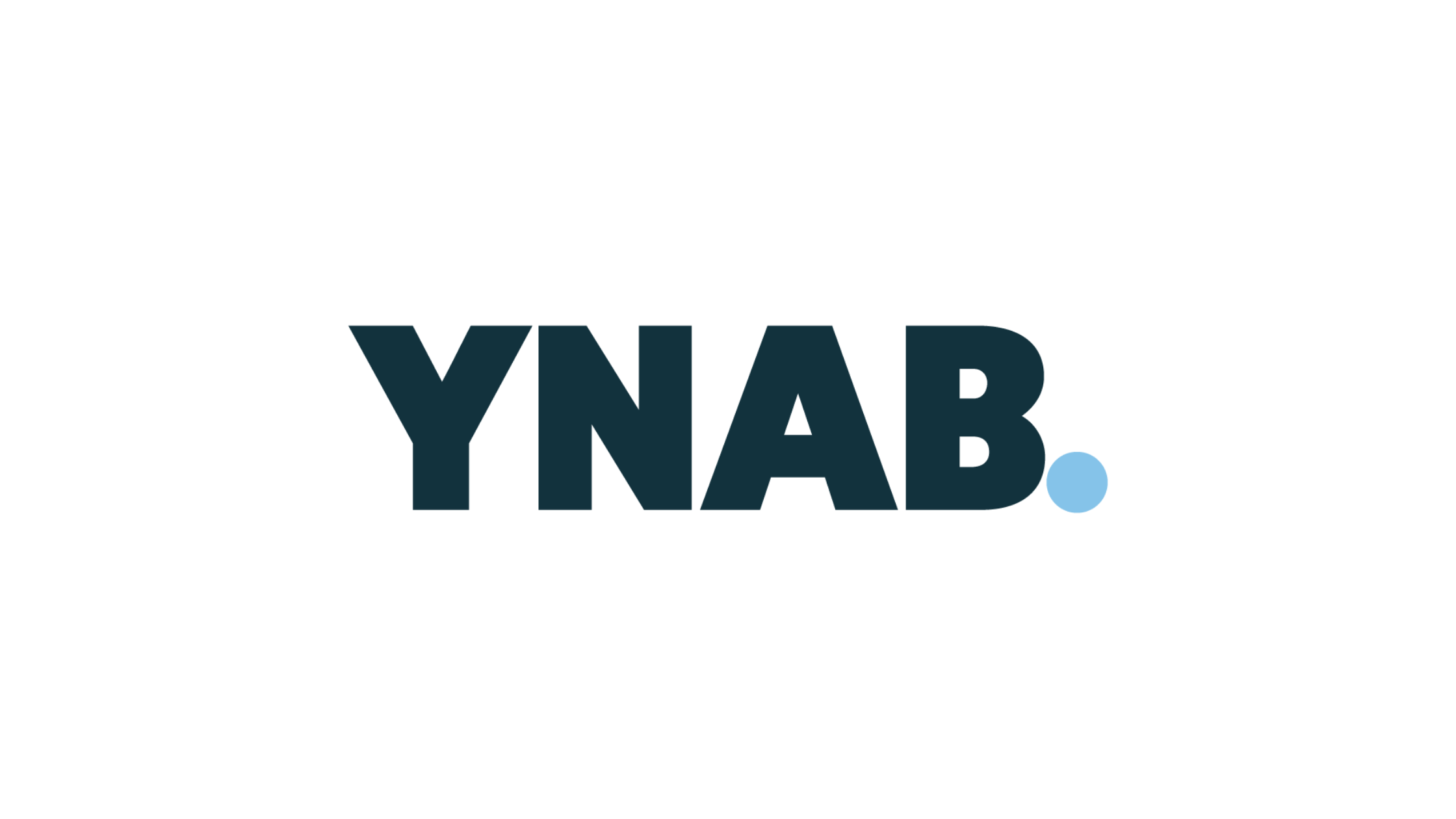With ongoing executive orders and constant discussions about potential changes, it’s no wonder many student loan borrowers feel uncertain about the future of their accounts.
While much has been happening, it’s important to note that certain changes require an act of Congress. Although changes at the U.S. Department of Education—the agency overseeing federal student loans—may occur, like a reduction in the workforce, the federal student loan program itself isn’t going away. Similarly, your student debt isn’t likely to vanish.
How the Federal Student Aid Program Was Created
The federal student aid program was introduced through the Higher Education Act of 1965, signed into law by President Lyndon B. Johnson. This landmark legislation created federal aid and loan programs to support students pursuing higher education. In 1972, Congress established the Basic Educational Opportunity Grant Program, which later became known as the Pell Grant in 1980. These federal grants and loans are firmly rooted in law, and any changes or eliminations to these programs would require an act of Congress.
Will the Administration Eliminate the U.S. Department of Education?
A supermajority of 60 senators out of 100 would be required to eliminate the U.S. Department of Education—a scenario that remains improbable given the need for at least seven Democrats to align with Republicans to vote for a bill that will eliminate the agency.
However, this doesn’t preclude the administration from taking steps to scale back the agency's influence. The current administration has emphasized a commitment to K-12 education and school choice. Issues of K-12 typically fall under the Office of Elementary and Secondary of Education at the U.S. Department of Education.
While there have been discussions about federal student aid and student loan programs, which fall under the Office of Federal Student Aid, there have been no indications that the plan is to completely dismantle these programs. Instead, the conversation has centered on potential reforms to existing programs, particularly those related to federal student loans and repayment options. If the administration were about to eliminate the U.S. Department of Education, the federal student aid program would be transferred to another agency. We expect that to be the Treasury if that were to happen.
Paying for College in 2025
In 2025, students planning to attend college are encouraged to explore federal options to help fund their education. Completing the FAFSA is a key step in pursuing higher education and turning dreams into reality.
Federal student loans remain a valuable resource for those needing financial assistance for college. However, like any debt, borrowers should stay educated about their repayment options and potential changes to the federal loan program. Under the Biden administration, we saw how policies could adjust and reshape the federal loan system, as long as they aligned with the intent of existing laws. The same applies to the Trump administration, which cannot change these laws without an act of Congress but can use policy and regulation to carry out their priorities, if they don’t contradict the intent of any established laws.
In summary, while federal student loans remain a critical tool for financing education, borrowers should stay vigilant about policy changes and repayment options to ensure they make informed financial decisions in an evolving landscape.
Could Changes Impact Current Borrowers
For those with federal student loans, it’s vital to stay informed about the status of repayment plans and broader policies, as the priorities of the Biden-Harris administration, such as federal student loan forgiveness, are not shared by the Trump administration.
If the administration can eliminate the U.S. Department of Education, this doesn’t mean your student loan debt will disappear, nor does it mean you’ll lose flexible repayment plans established by law. However, repayment options created through policy, rather than legislation, could be altered or eliminated.
For example, there are growing concerns about programs like Public Service Loan Forgiveness (PSLF), income-driven repayment (IDR) plans, and other forgiveness opportunities. While PSLF and some IDR plans, such as income-based repayment, are protected by law and require congressional action to change, borrower benefits created through policy—like certain PSLF "buy back" options—could be revised or removed through an administration action.
One IDR plan to note, which was created through policy is income-contingent repayment (ICR), created via the negotiated rulemaking process. ICR served as the foundation for plans like PAYE, REPAYE, and SAVE. Any changes to ICR could potentially affect these derivative plans, highlighting how shifts in policy may ripple through the student loan system.
At this time, we cannot predict how unannounced changes might affect current borrowers. Historically, however, such changes have primarily impacted future borrowers.
Technically, the PAYE plan was phased out on July 1, 2024, and did not allow for new enrollments after June 30, 2024. However, the Biden administration reinstated it as a repayment option, with plans to officially retire it again in 2027. Importantly, this phase-out did not affect borrowers already enrolled in the plan—it simply restricted new enrollments. That's what we have seen in the past, and at this point, there are no indications that we should expect something different in the future.
What Should I Do Now?
Being an informed consumer is essential, especially when it comes to managing student loan debt. Staying updated on changes and exploring repayment options will help you make the best decisions for your financial future. While we can’t predict how upcoming changes may affect you, focusing on what you can control is key.
If you’re enrolled in the SAVE Plan and currently benefiting from student loan forbearance due to ongoing legal challenges, be aware that the plan’s future is uncertain. Eventually, your loans will re-enter repayment, so it’s important to prepare now and plan for how those payments will fit back into your budget.
To help you navigate your options, tools like the U.S. Department of Education’s Loan Estimator can provide an estimate of your monthly payments under various repayment plans. These resources can give you clarity and aid in making informed decisions.
While the administration may act on student loans, legal challenges are likely to follow—a pattern we’ve grown familiar with during the Biden administration. However, staying informed and proactive is within your control. Take charge of what you can manage and be ready for whatever comes next.







